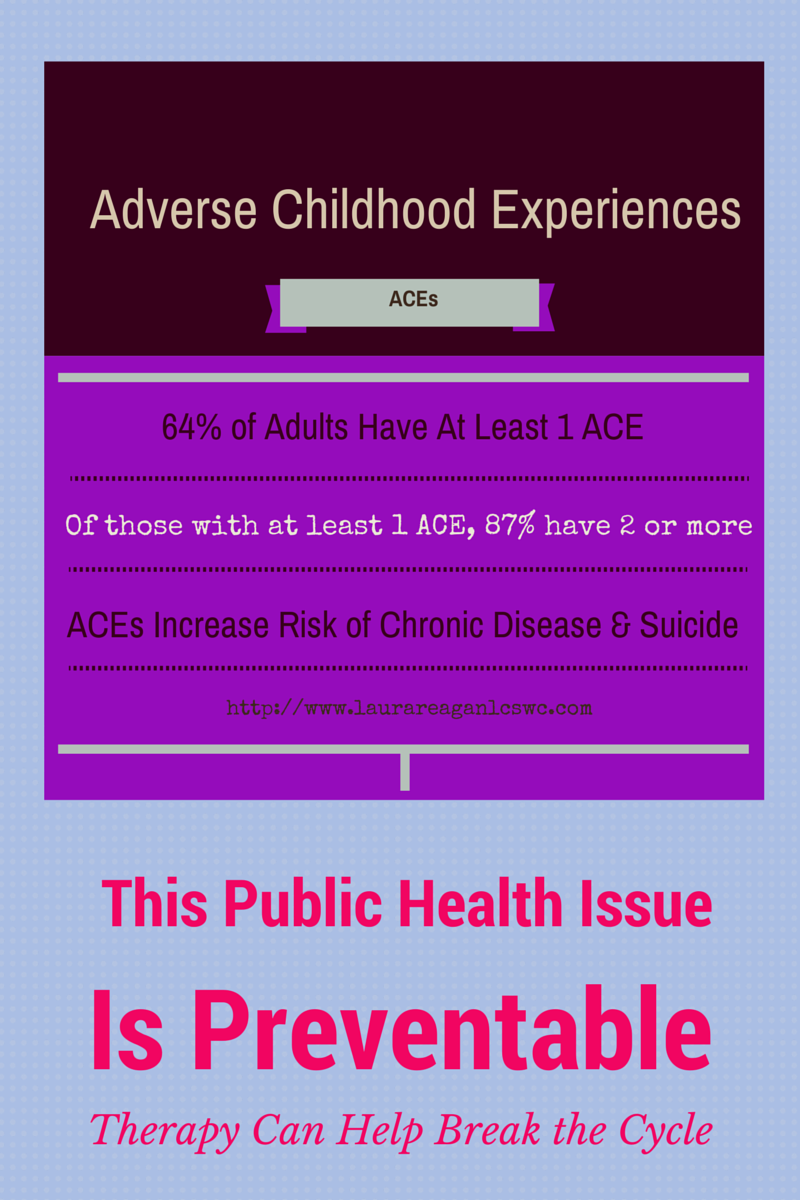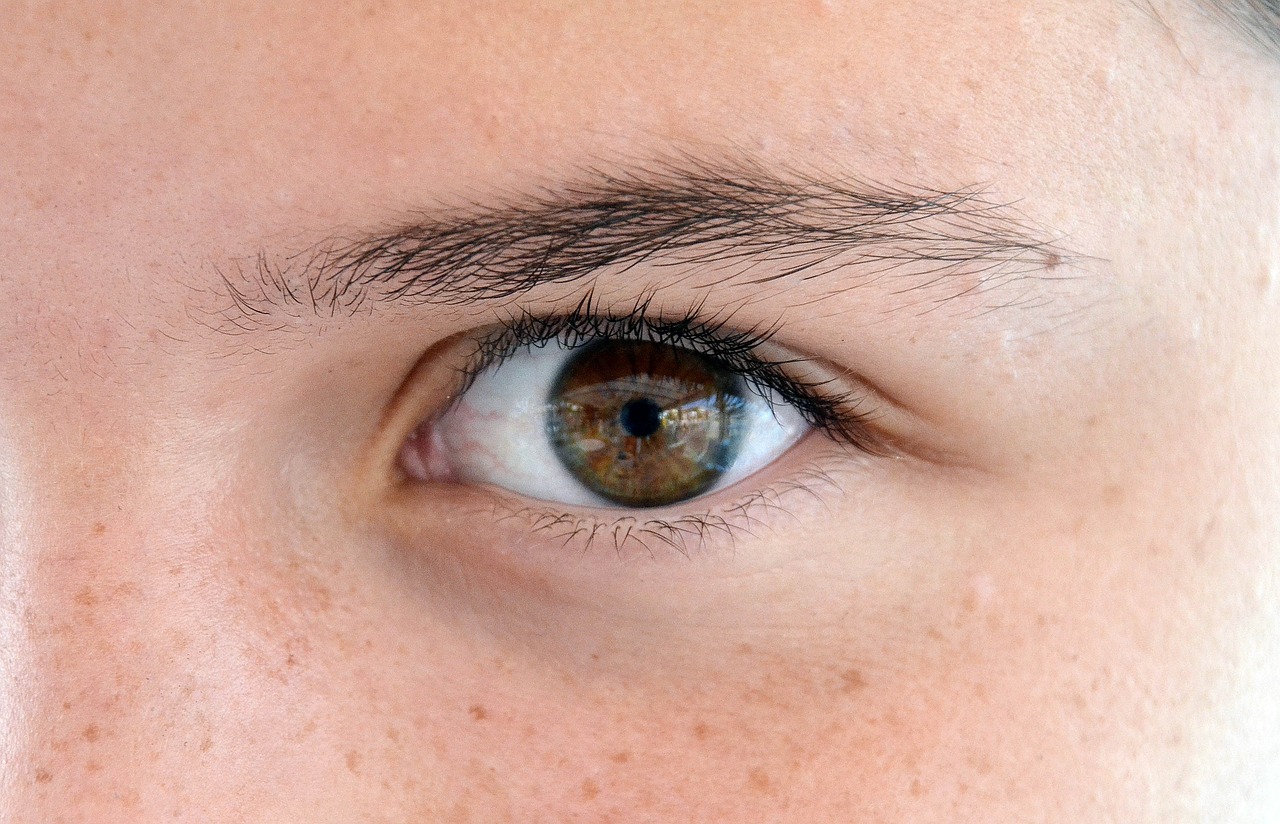In today's post for the series on integrative mental health I'm excited to bring you an interview with Nina Gallant, LMT, a fabulous healer who practices in Annapolis and New York. Nina agreed to answer my questions about Reiki and Crystal Healing. You can get some background on Reiki by clicking here. This article provides some information about crystal healing, although there are admittedly few informative websites on this subject.
My interview with Nina Gallant begins below!
Tell me about your work. How do you use Reiki and crystal healing? In what setting does it take place?
As a healer, I use many techniques to help my clients experience greater peace, wellness and vitality. Reiki and crystal healing energy work are two of the methods I use. Reiki is a hands-on healing art that allows life force energy (also sometimes called unconditional love, prana or chi) to flow to where it is most needed physically, emotionally and spiritually. Crystal healing is a guided meditation that helps harmonize the chakras and other vibrational fields to support the purification, amplification and elevation of the energies of the mind, body and spirit. Both healing techniques are done with the receiver of the energy lying on a massage table, comfortable in receiving these gifts of healing.
What benefits are offered by Reiki and crystal healing? Are there any risks? Who is a good candidate for this work? Who should not participate in these methods?
The benefits of Reiki and crystal healing run broad and deep – they really are both quite exciting! Emotionally and cognitively, they support self-acceptance, self-love and self-healing, leading to an increased sense of self-empowerment and capability. They also both help expand consciousness, enhance spiritual growth, increase clarity of thought and purpose and connection to our intuition and higher selves, facilitate the setting of healthy boundaries – the list goes on! Physically, they also offer broad benefits – immune system support, digestive health, and healthy sleep patterns, to name just a few.
There are no real risks to receiving Reiki, unless you have the rare case of having an unset broken bone! If Reiki were to be applied before the bones were properly aligned, they would be encouraged to set in a broken configuration rather than following healthy anatomical structure. Generally, the divine intelligence of Reiki energy knows where it is needed, and it will go there – the practitioner is a conduit focusing this life-giving energy on the recipient.
Like Reiki, most everyone can benefit from crystal healing, though a word of encouragement to work with an experienced practitioner. The resonance of different crystals will amplify different functions of the body, heart and mind. Malachite, for example, is known to magnify energies already manifest in an individual – wonderful, if one’s mood is on the upswing, and potentially not so great if the spiral is downward. For someone with growing despondency, an appropriate selection (among many) would be citrine, a stone known to bring joy and rid negativity and gloom to those interacting with it. Another example: amber, stimulating cell reproduction, would not be suitable for use with cancer. Rutilated quartz is a good choice, as it stimulates immunity, directs boosted energy to areas in need of rejuvenation, and its golden fibers support protection from radiation. Working with someone who has awareness of these nuances of the healing energy of the stones is important, as crystal healing is not always as naturally innocuous as Reiki healing can be.
Read on for more of the interview with Nina!
Many people who come to me for therapy services are affected by trauma, anxiety and depression. Is Reiki beneficial to people with these issues? What about crystal healing?
These gentle therapies are non-invasive and very nurturing, and can greatly benefit those who have experienced trauma and are living with anxiety, low spirit and other blocks to well-being. I conduct a thorough intake session that helps reveal issues of importance and areas on which to focus attention. Also, the person receiving the healing energy remains clothed on the table, which often adds to feelings of security.
During crystal healing sessions, my clients and I work together to develop positive affirmations that truly resonate with their desires. It is a collaborative effort that is rewarding for all. I am always honored and excited to partner with individuals who are taking a proactive approach to their healing and well-being! And very often, that proactivity presents simply as an increasing ability to be open to receive the gifts of healing.
This is surprisingly not always an easy task in our culture – one that rewards humans doing and contributing over humans being and receiving, but both qualities are equally important in balance – the yin and the yang of it, so to speak.
What else would you like to tell us about your work and the services you offer?
In addition to Reiki and crystal healing, I am licensed in therapeutic bodywork, offering deep tissue and Swedish massage, and CranioSacral therapy. I’m also a certified Trager® practitioner. Bardo Dance, a conscious dance modality I developed, offers healing through movement. Classes are and have been held regularly in Annapolis and at the Omega Institute in Rhinebeck, NY for many years. I would love to see you there sometime!
For more information, please feel free to contact me at nina@exuberantyes.com, visit my website at www.exuberantyes.com (it's currently being updated), or give me a call at (410) 991-3508. I would love to connect with you!
Thanks so much to Nina for taking the time to answer my questions! I've learned more about these methods from her, and I have tried some of them myself as well! More on that in a future post. Did you learn something new about Reiki and crystal healing? Have you tried these methods? Comment below, I would love to hear your thoughts!
Contact Nina via e-mail (nina@exuberantyes.com) or phone at (410) 991-3508 for more information on Reiki, crystal healing, Bardo dance (awesome!) and her bodywork as well as the Trager® approach. If you are looking for a psychotherapist offering an integrative approach to address the needs of mind, body and spirit, call me at (443) 510-1048. You can also follow me on Twitter, Facebook and Pinterest. I try to share useful information on all three sites with minimal duplication of posts.
Sources:
Author Unknown. (n.d.) Crystal healing. Retrieved from: http://www.altmd.com/Articles/Crystal-Healing--Encyclopedia-of-Alternative-Medic
International Center for Reiki Training. (n.d.) Reiki, questions and answers. Retrieved from: http://www.reiki.org/faq/questions&answers.html
















